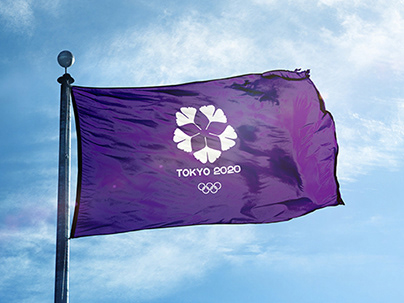Na madrugada do dia 14 para 15 de abril, o Titanic se chocava a um iceberg no Atlântico Norte. Entre a batida e o fim do naufrágio foram pouco mais de 2h40 e deixou mais de 1500 mortos.
Homenageando não apenas as vitimas e o navio, que foi um marco da evolução industrial, mas também todos os trabalhadores que de alguma forma, deixaram a sua marca na construção do Titanic. Dos artesãos que construíram cadeiras ou acentaram ladrilhos com maestria, até os heróis que mantiveram as caldeiras até os últimos instantes de vida do Titanic.
An Ocean of Memories is a typographic design that honors the transatlantic RMS Titanic, on the anniversary of 102 years of its maiden voyage, which came to sink.
On the morning of April 15 to 14, the Titanic collided with an iceberg in the North Atlantic. Between the strike and the end of the wreck were little more than 2:40 a.m. and left more than 1,500 dead.
Honoring not only the victims and the ship, which was a milestone in industrial development, but also all workers who somehow made their mark in the construction of the Titanic. The craftsmen who built chairs or acentaram tiles masterfully until the heroes who kept the boilers until the last moments of life on the Titanic.
10 de abril de 1912.
April 10, 1912.
At 23.40, while sailing 640 miles from the Grand Banks of Newfoundland, the watchmen of the mast, Frederick Fleet and Reginald Lee spotted an iceberg right in front of the ship. Fleet immediately rang the bell to alert the mast three times and lifted the communicator to talk to the Bridge. Precious seconds were lost until the communicator was attended by Sixth Official Paul Moody, who Fleet shouted "Iceberg right ahead."
First Officer William Murdoch gave the helmsman Robert Hitchens to order "all the port side" (left), and set the machines to reverse or to stop (not sure, the testimonies of the survivors are conflicting). 24 25 The bow of the ship began to move the obstacle and 37 seconds after the sighting of the iceberg, there was shock. The iceberg "scratched" the starboard (right) side of the ship, twisting and cutting the hull, and dropping the rivets below the waterline for a length of 90 m.
As Luzes se Apagaram para Sempre.
Quando a inclinação chega aos 29° às 2h18, as luzes do navio piscam uma vez e depois apagam-se para sempre. O pânico é maior, principalmente para os que ainda se encontravam no interior do navio.
Neste momento, nem mesmo os esforços dos memoráveis trabalhadores das caldeiras do Titanic adiantavam mais.
The Lights Went Out Forever.
When the slope reaches 29 ° at 2:18 a.m., the ship's lights flash once and then go out forever. Panic is higher, especially for those who were still inside the ship.
At this time, not even the efforts of workers memorable boilers Titanic adiantavam more.
Even 102 years after the Titanic disaster with, their story still inspires and excites many people worldwide, and has helped the development of the shipbuilding industry that such accidents are avoided.
Will always be memorable the meticulous work of the people involved in its construction, and the sacrifice of the heroes who manned the Titanic in the cold night of April 14, 1912, which helped save more than 700 people.
Is this subtle homage to the 102-year history of the RMS Titanic and his men.










